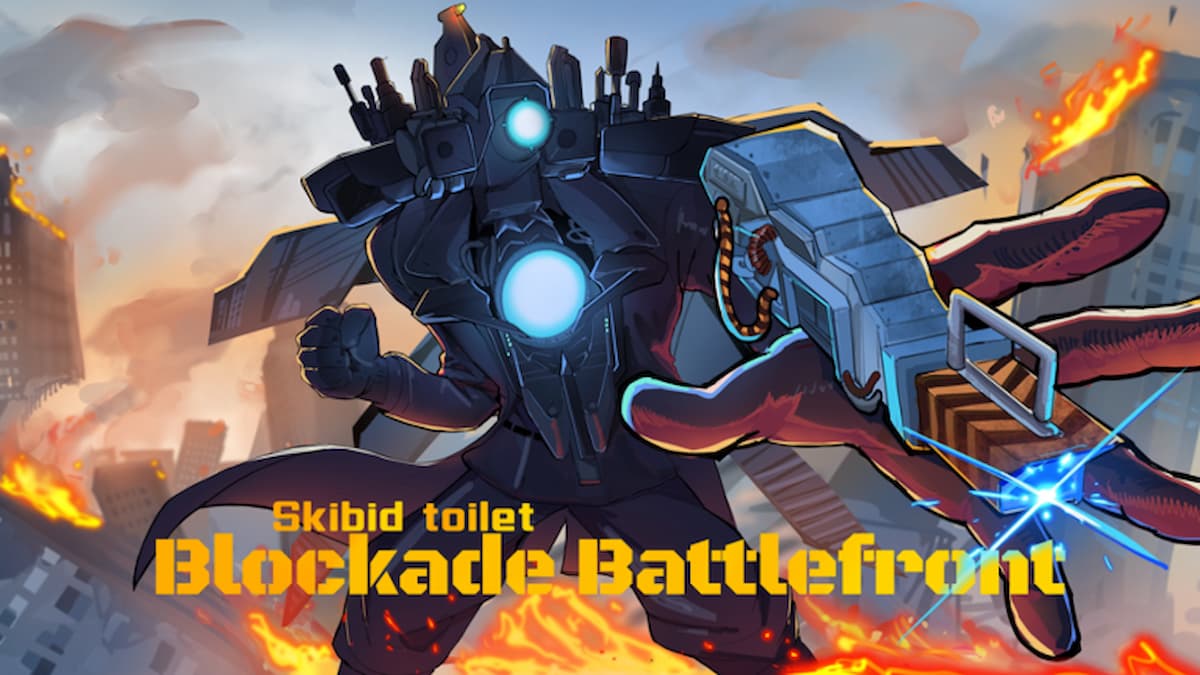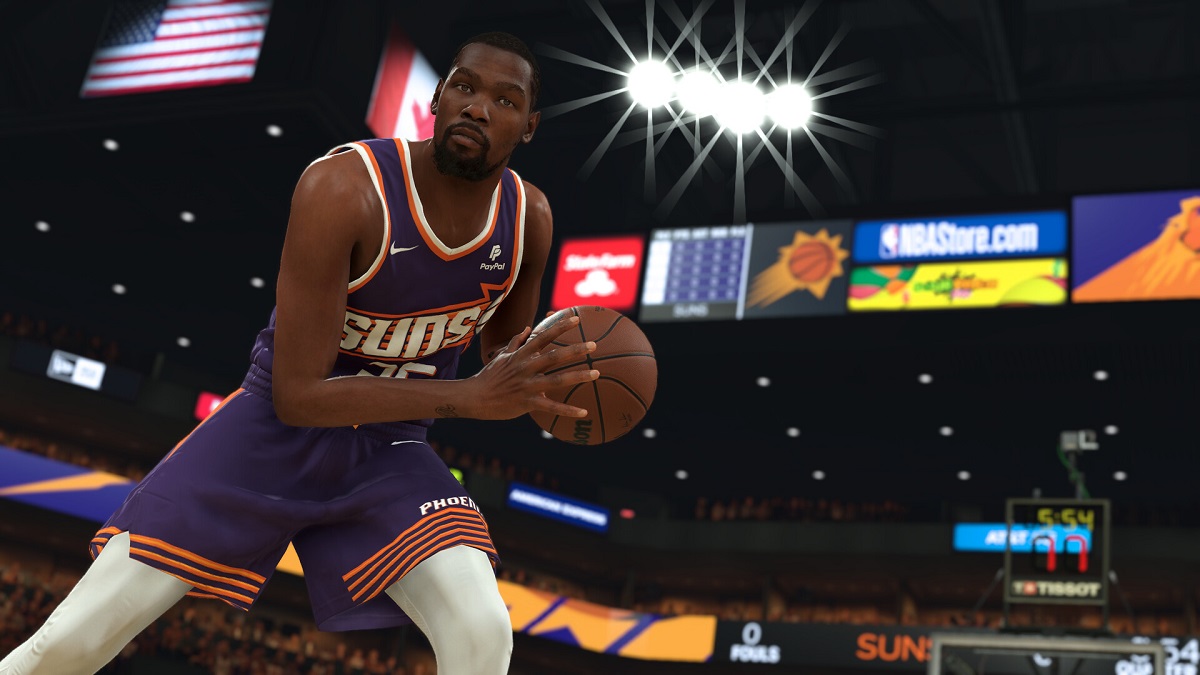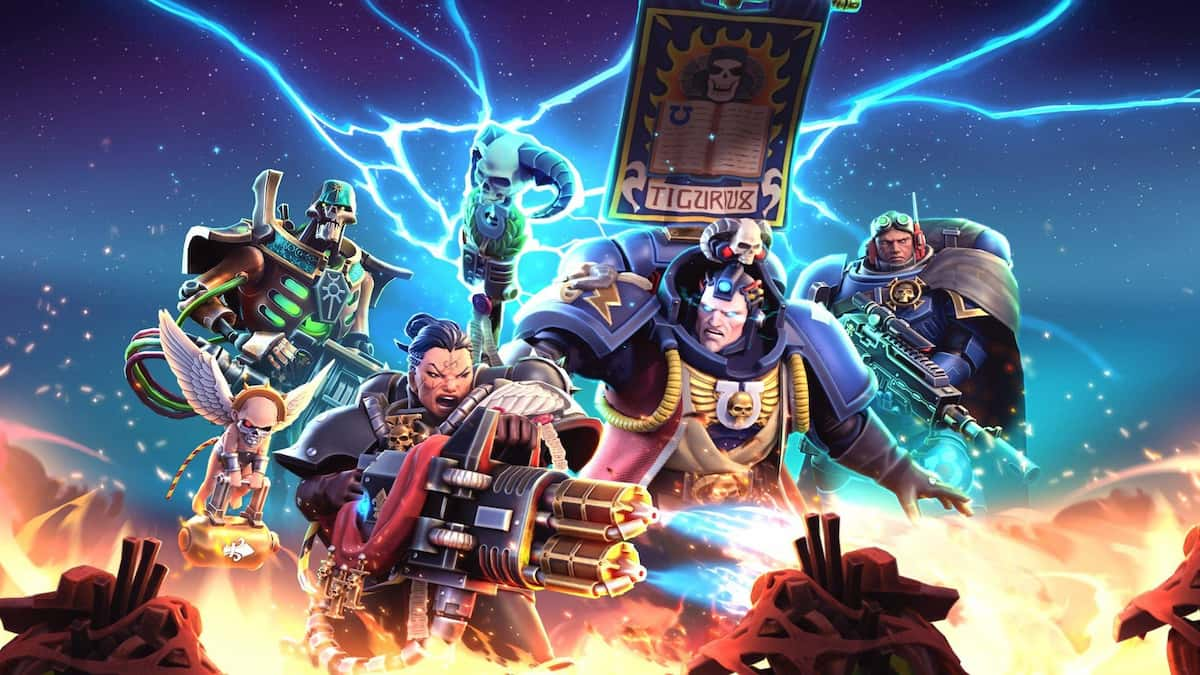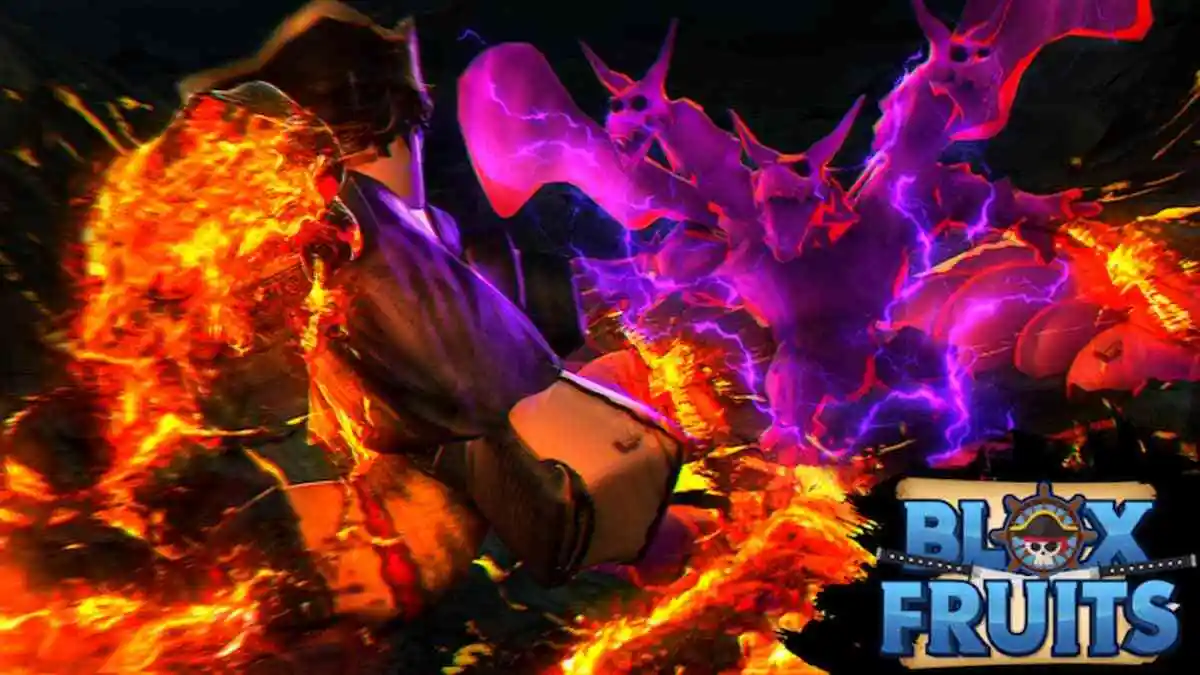Looking to get into Hearthstone? Wanted to see what all the fuss is about? Clicked this article accidentally? Well, you’re in for a treat.
We’ve put together a lovely guide on how to dive into Hearthstone and start having fun, even if you have no idea what you’re doing.
How do I get started, then?
Once you’ve completed the Hearthstone tutorial, you might be wondering what to do next. The first step is unlocking each hero by beating them in practice mode. This will give you 100 gold and a booster pack of 5 cards along the way.
Like many free-to-play games, Hearthstone is initially generous with rewards early on. After these easy methods to obtain packs and gold have been exhausted, you have several methods of obtaining gold, dust, and further packs. More resources, means more choices, and thus more ways to have fun!
Play mode
Whether it’s Casual or Ranked, playing online matches against human opponents will allow you to complete quests and earn gold. In addition to this, every three victories nets you ten gold, ensuring a steady stream of wins.
Tavern Brawl
This mode presents a new set of rules each week, and oscillates between completely randomized decks and decks you will have to build on the fly yourself. For the purposes of quests, Tavern Brawl counts, so it’s a fun way to take quests for classes you wouldn’t normally play.
The Arena
Playing in the Arena can be a bit of a mixed bag for newer players, but you’re always guaranteed a pack of cards for your effort. It suits people with low card pools and is a great way to see a huge variety of Hearthstone cards in play.
Which hero is the best? Which one should I choose?
They’re all fairly well-balanced, actually! Different heroes fall in and out of vogue, depending on what sort of decks other players are using. Just pick whichever class seems fun and go from there!
If you’d like to dip your toes into any of them competitively, we’ve got guides on solid decks for each class – and none of them cost a cent! They’re all made from the basic set of cards, which every player can access by leveling that particular hero to level 10.
Each of those deck guides includes suggestions for growing beyond the constraints of a basic deck. If you’d like to make something from scratch, however, then we’ve got an excellent Hearthstone deckbuilding guide on doing just that!
If you’d like to start with something popular and effective, and put your own spin on it, we’ve got the skinny on some of the coolest new decks to emerge from The Grand Tournament expansion:
Other Essential Hearthstone Resources
If you’re interested in further developing your understanding of the game, we’ve got plenty more reading for you. Hearthstone is one of those delightful games that are easy to learn, and very difficult to master, so we’ve put together some of our handiest guides and articles to help you along the way:
- 3 Hearthstone Resources You Should Be Using
- Best Hearthstone addons, trackers, and arena helpers
- How to play, detect, and counter Hearthstone secrets – Guide and cheat sheet
- Hearthstone: the best legendary cards to craft with dust for free-to-play
Glossary of Common Hearthstone Terms
As a new Hearthstone player, you’ve got enough to familiarize yourself with without having to tangle with the jargon. We’ve put together a quick glossary here to remind you of some key terms. If there’s a term missing here that you feel should belong, then leave it in the comments!
Arcane Dust: mostly just “dust”, used to craft cards. Cards you don’t want can also be disenchanted into dust.
Armor: a shield icon over your hero portrait. The number represents a separate form of health, and must be eliminated before your health can be depleted.
BM: bad manners are a pretty subjective, but they boil down to your opponent taking an action you don’t agree with or feel is unsportsmanlike. A popular pet peeve among players is when an opponent can do lethal damage in a turn, but first chooses to play out the entirety of their hand.
Board: also known as battlefield. This refers to where the minions are placed. Up to seven can occupy each side.
Charge: minions with Charge can attack as soon as they are played, instead waiting a turn before doing so.
Combo: signature ability of the rogue class. Cards with this modifier have additional effects when played after your first card in a turn.
Card Advantage: the power of choice! More cards give you an increased likelihood of making the best play that your deck can for each turn.
Deathrattle: an effect triggered when the minion is destroyed. Negated by Silence or transform.
Deck types: Broadly, there are five categories of deck.
Aggressive: seeks a quick victory by damaging the opponent quickly.
Control: seeks a slow victory by shutting down the opponent’s attack and finishing them off in the late game.
Midrange: a deck that is prepared for of both aggression and control.
Mill: a deck that seeks to have the opponent draw all of the cards they can. After their deck is depleted, a hero will take increasing damage each turn when they fail to draw a card.
Themed: dragons, murlocs, pirates, secrets… these decks all have a discernible theme.
Divine Shield: a golden bubble around a minion that negates the first damage-dealing attack or spell used against them.
Face: refers to the hero; derived from their portrait. To swing for face is to attack the enemy hero.
Freeze: a frozen minion will be unable to attack in its next turn. Frozen heroes largely operate as normal, but will not be able to use their weapons, should they have one.
Hero Power: a two mana ability that is unique to each hero.
Immune: the character cannot be damaged.Can be negated by silence.
Mana Curve: describes the increase in mana each player gains, until they have ten mana crystals. Having minions and spells with a variety of costs ensures that you’re more likely to have something to play every turn.
Overload: you will have x less mana to use in the next turn. Limited to shaman cards.
Removal: any card that is able to take an enemy minion out of commission or off the board entirely has removal. Used most often in relation to spells, hero powers, and weapons.
Secret: when played, a secret is only revealed when certain conditions are met. Paladin, mage, and hunter have secret cards.
Silence: negates and buffs, enchantments, and card text that a minion may have. Cannot reverse transformations or Mind Control.
Taunt: Enemies and weapons must first destroy a creature with taunt. Spells and hero powers are unaffected.
Tempo: refers to the “proactive” player — as opposed to the reactive player, who responds to things. Some decks and playstyles — usually themed around board control — depend on reacting to the other player.
Transform: changes the form of a minion permanently, rendering any enchantments or card text moot. Irreversible.
Value: either a card’s stat distribution vs. its mana cost, or the potential for the card to destroy multiple minions or minions of a higher cost.
Weapon: a card that allows your hero to attack directly. Has durability in place of health — each attack removes 1 durability.
Well Played: the “GG” of emotes.
Windfury: minions and weapons with Windfury may attack twice in one turn.







Published: Oct 29, 2015 06:20 am